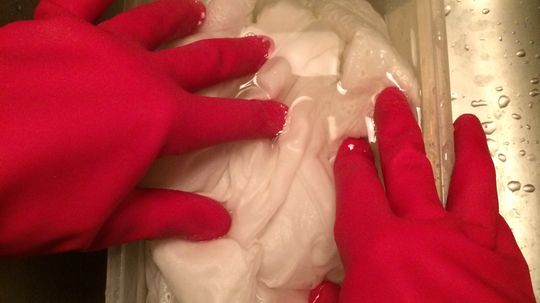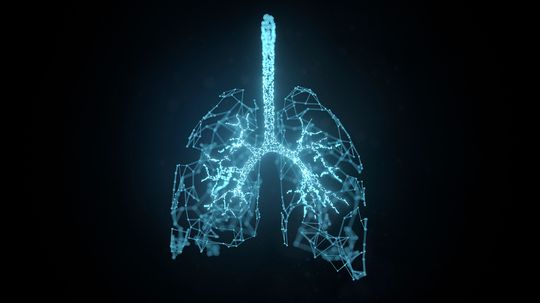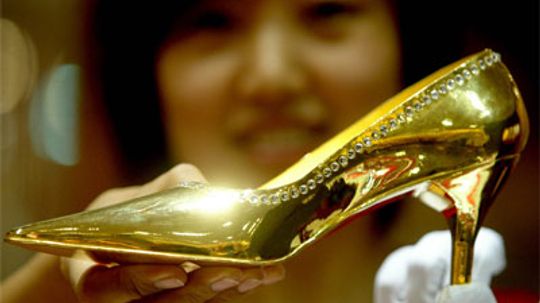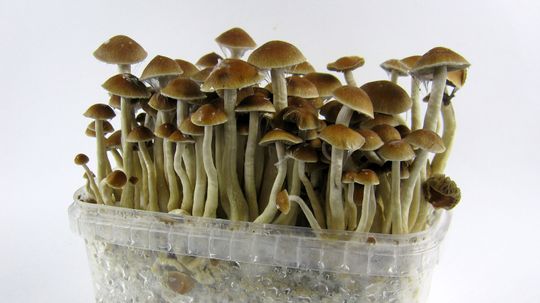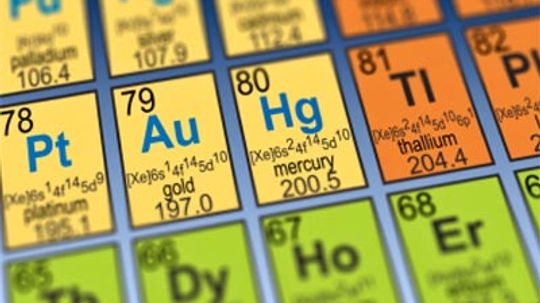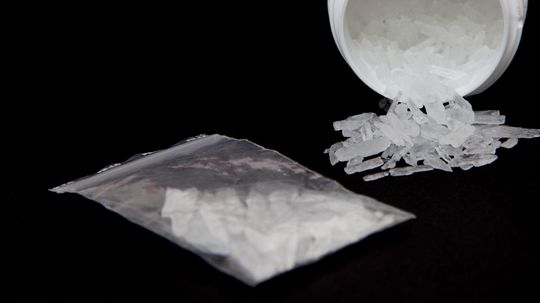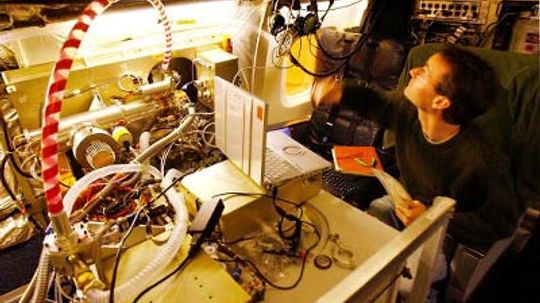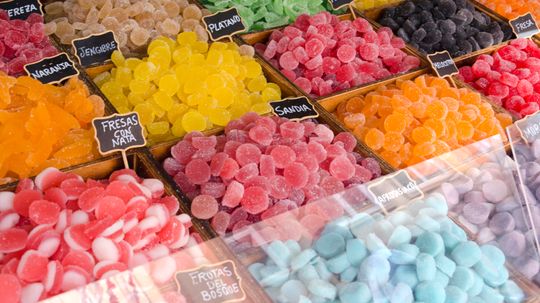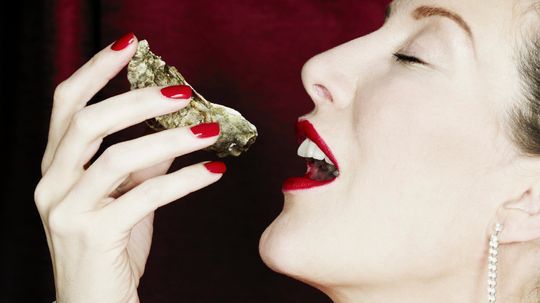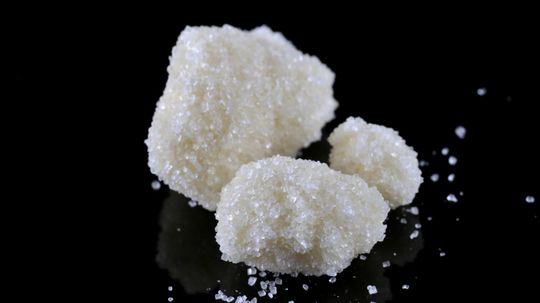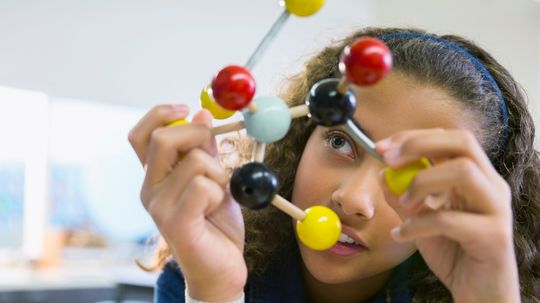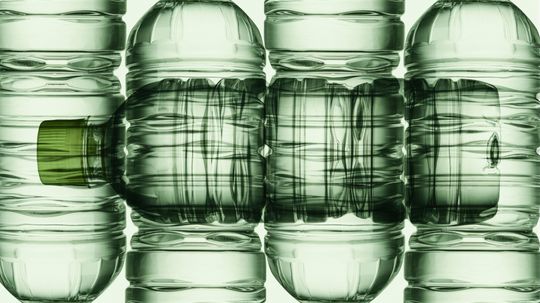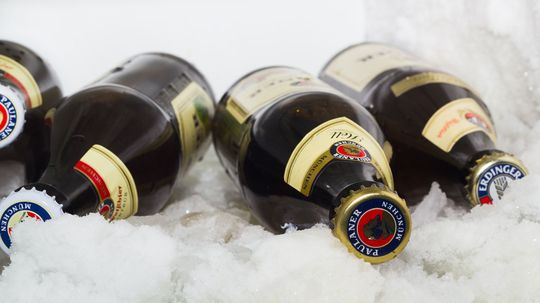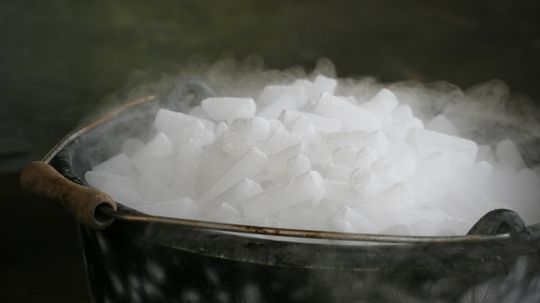Chemistry
Chemistry is the science of matter and the changes it undergoes during chemical reactions. In this section, learn about everyday chemistry, from chlorine beach to helium, and even why chocolate turns gray.
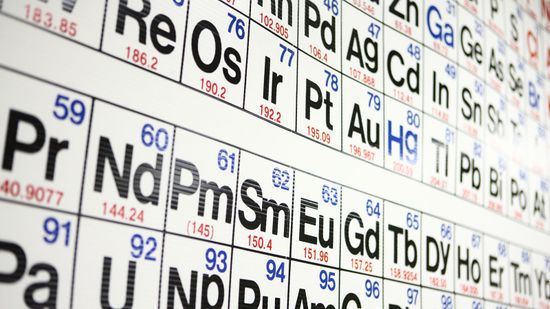
It's Elementary: The Periodic Table Quiz
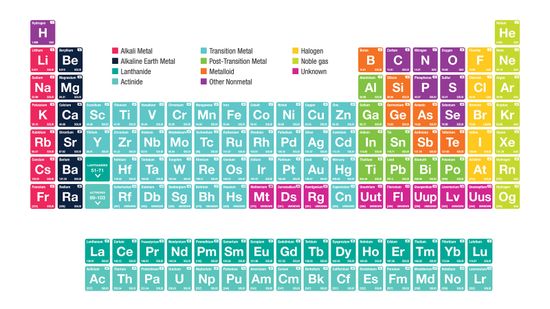
Alkali Metals: Elements in the First Column of the Periodic Table
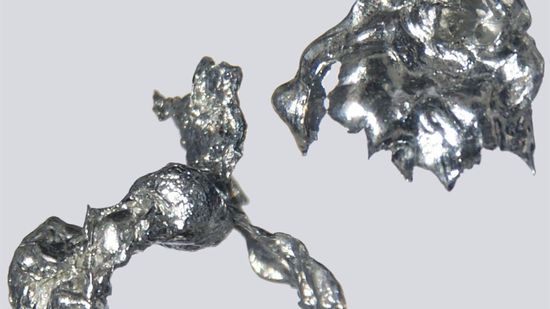
Cadmium: The Highly Toxic Metal That Powers the World
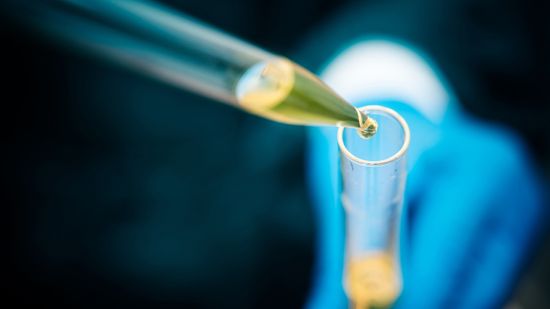
Strong Bases: Properties, Applications and Examples

Comparing Strong Acids and Weak Acids

10 Things You Should Never Mix With Alcohol

What Color Is the Hottest Flame?

Why Do Bubbles Pop?

Why do newspapers turn yellow over time?
Learn More / Page 2
Helium is the second lightest element on the Periodic Table. How is helium created?
I recently used chlorine bleach to clean the siding on my house, and I was amazed at how well it worked! What is bleach? How does it remove stains? Is the chlorine in bleach the same as the chlorine in drinking water or in swimming pools? Is chlorine safe to use?
By Yara Simón
The air we breathe contains 21 percent oxygen. Would we be better off breathing 100 percent oxygen?
Advertisement
Rust is the common name for iron oxide, which is created when iron bonds with oxygen. In fact, pure iron is only rarely found in nature because it interacts with oxygen so easily.
We love it. We wear it glittering around our necks and sparkling at our ears, wrists and feet. We pass it down to our children and hoard it in secret stashes. Why is this precious metal so prized?
Mushrooms – they're not just a pizza topping. This psychotropic fungus has guided many an adventurer on a trip. How do shrooms make their magic?
We once emptied the scent pods of male musk deer into a bottle of fragrance and doused it on, feeling like a million bucks. How has perfume changed since then?
Advertisement
It begins with an unassuming "H" and ends in crazy elements that you've likely never heard of. But the periodic table, encapsulated on a mere sheet of paper, can be a scientist's best friend and a testament to our human drive to organize the world.
When it comes to stimulating the human central nervous system, meth can hold its shaky, toothless head high. Why is this drug so additive?
Mass spectrometry enables the major league to sniff out athletes guilty of doping. It can also help us locate oil or design a killer perfume. Who says chemistry isn't cool?
Here's something to consider: The place you call home likely has walls and glass windows. Both are adept at keeping rain, snow and wind from bothering you in your abode. Only one, though, allows light to enter. Why is that?
Advertisement
If water is made up of hydrogen and oxygen, why can't we breathe underwater? It has to do with how molecules combine and how the human lung functions.
Ever wondered exactly what they "artificial flavors" in your candy are, and why no specific ingredients are listed? Find out in this article.
If the idea of being completely knocked out by a cocktail of drugs while doctors operate on you freaks you out, you're not the only one. But that's not what anesthesia is all about it — and it might scare you less if you understand how it works.
About 90 percent of Americans consume some form of caffeine every day: It's our most popular drug by far. What's so special about this stimulant?
Advertisement
Helium balloons tend to fascinate adults and children alike (and it's not just the Donald Duck voice thing, though that is a big draw). Learn all about helium and why it floats!
Most of us have heard the talk about oysters and chocolate, and maybe you've read an article about the stimulating effects of ginseng. But garlic, licorice and cucumber? Learn about the history of aphrodisiacs and whether they've been proven to be effective.
Viagra is one of the best-known drugs of all time. Nearly every adult in America has heard of the drug and can tell you what it does. Find out how this high-profile medication works its magic.
Crack cocaine, like many other illegal drugs, leads to addiction, death, increased crime rates and imprisonment. But this drug targets the inner city almost exclusively and possession or distribution of crack carries extremely harsh prison sentences.
Advertisement
These small molecules are the foundation for much bigger things, from ordinary household products around us to essential components within our bodies.
Polymers are the basic components in so many of the products we use each day.
At the same time scientists discovered that nitrous oxide could numb agonizing pain, they also found it could make you really lightheaded and silly. Yes, huffing parties started in the 1700s.
By Dave Roos
If you've ever had a half-frozen beer explode on you, you know that yes, alcohol freezes — but not all types freeze at the same rate. We'll let you in on the secrets to frozen alcoholic delights.
Advertisement
If you were to touch dry ice, it wouldn't be anything like touching water ice. So what's it like? Is it hot or cold? And would it leave a mark?
We've all been told not to put aluminum foil in the microwave. Stories of incredible explosions and fires are usually at the center of these ominous warnings. Why is that?

